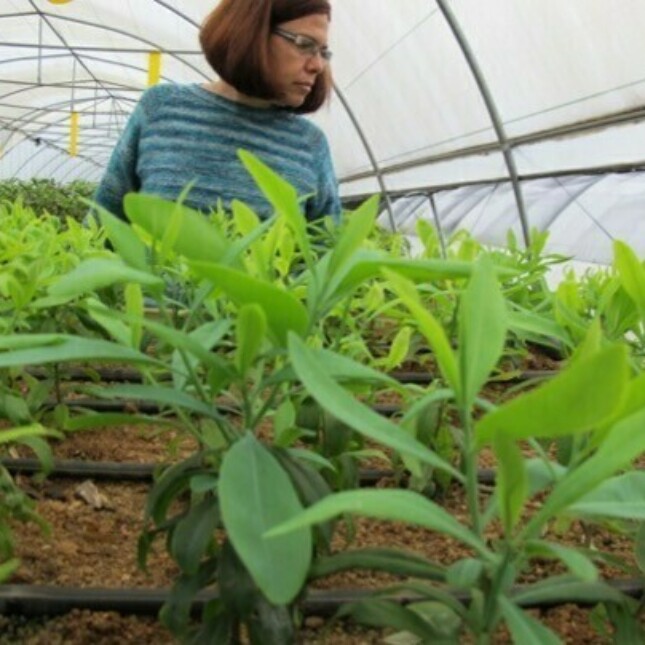Viscose is the most used manmade cellulosic fiber.
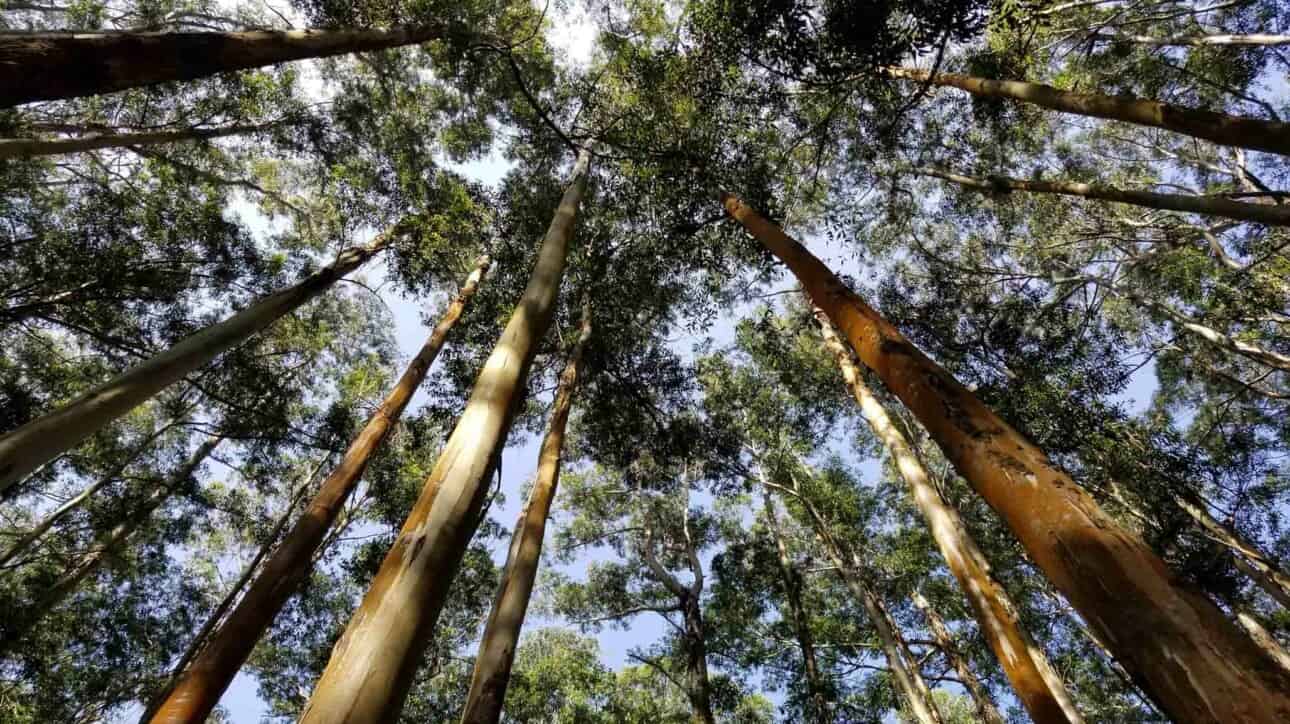
About
Smooth, absorbent, strong, and breathable, viscose is commonly used for a wide range of applications, from apparel to hygiene products. It’s the most important manmade cellulosic, having a market share of roughly 80% of all MMCFs and a production volume of around 5.8 million tonnes in 2021. Like other MMCFs, viscose is mostly derived from pulp from wood, but other raw materials in use or under development include bamboo and agricultural by-products, as well as post-consumer and industrial waste.
Challenges
Wood sourcing for viscose production poses risks.
The sourcing of wood for the production of viscose comes with environmental and social risks, including deforestation and forest exploitation. This has implications for biodiversity and the wellbeing of Indigenous Peoples, whose land, livelihoods, and traditions are bound up with the area. Plus, the chemicals used in the pulp and fiber production can threaten the health and safety of workers as well as the surrounding environment, due to emissions and the discharge of liquid waste. Concerns around forced or child labor and the mistreatment of workers have also been raised.
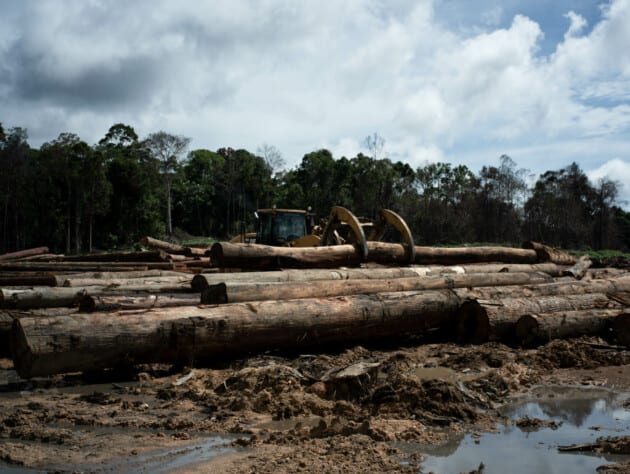
Solutions
We want to see a fashion and textile industry that’s forest-friendly.
We’re supporting the fashion and textiles industry in switching to fibers and materials that have better environmental and social outcomes than their conventional alternatives. We aim to protect and responsibly manage all forests, eliminate deforestation/support forestry conservation efforts, move away from harmful and hazardous chemicals used during the creation of MMCFs, and shift to renewable energy sources at MMCF production sites, all while considering the livelihoods of wellbeing of workers and surrounding communities.
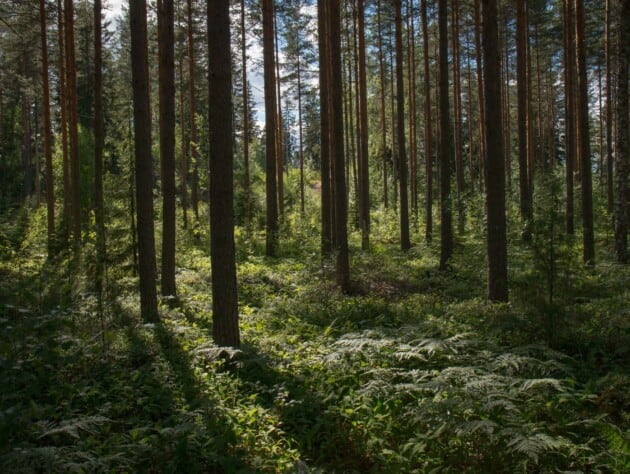
TAKE ACTION
Fight deforestation and limit waste
Map suppliers
Due to concerns over deforestation, illegal logging, and irresponsible plantation management, any company using manmade cellulosics should make supply chain transparency a priority. It’s worth investing in tools that help to illuminate the origins of any manmade cellulosics you use and ensure that you and your suppliers have the same approach to forest protection. It’s essential that companies map their suppliers, from forests to pulp mills to fiber factories, as well as to identify any regional issues or high-risk areas proactively.
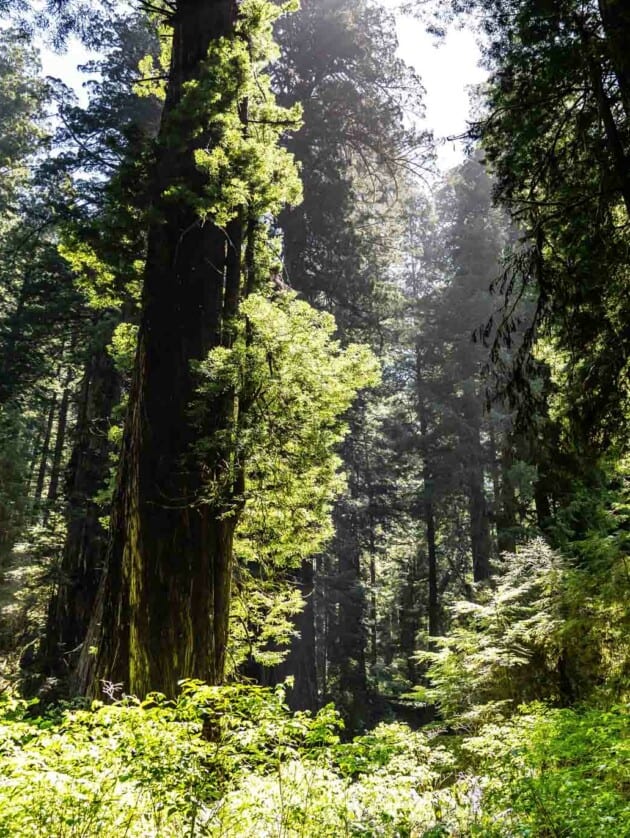
Broaden focus from forest to factories
Brands need to go beyond forests and their associated risks and consider the chemical emissions and waste that come from viscose production in factories, which can cause health problems and safety risks to workers and have a detrimental effect on surrounding communities. Factories may need to invest in their processes and swap viscose for lyocell where possible to reduce the risk from chemicals. Brands can accelerate these improvements by prioritizing responsible suppliers.

Collaborate for change
Moving to cleaner, closed-loop materials options such as lyocell is a good starting point, but more work needs to be done around deforestation and chemicals. The leading companies are working together to come up with new solutions and getting involved in industry-wide initiatives, like our Manmade Cellulosic Fibers Round Table. There’s also real potential for wider change by working with organizations in other sectors affected by deforestation, such as those working with wood or leather.

GET INVOLVED
Take the next steps in your sourcing journey
MATERIALS PRODUCTION DASHBOARD
Get the latest data
You can access our latest data on production volume for viscose in our Materials Production Dashboard.
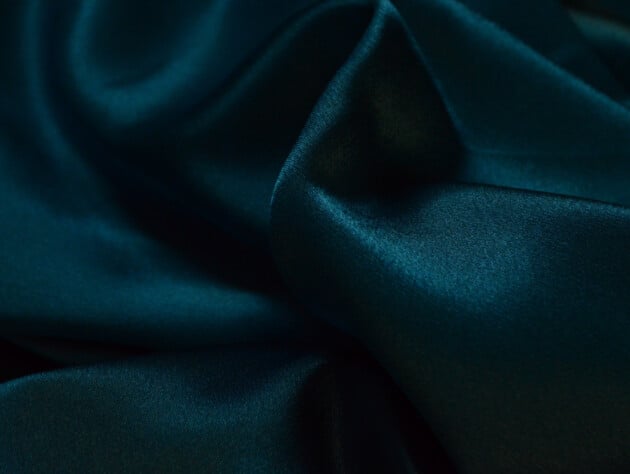
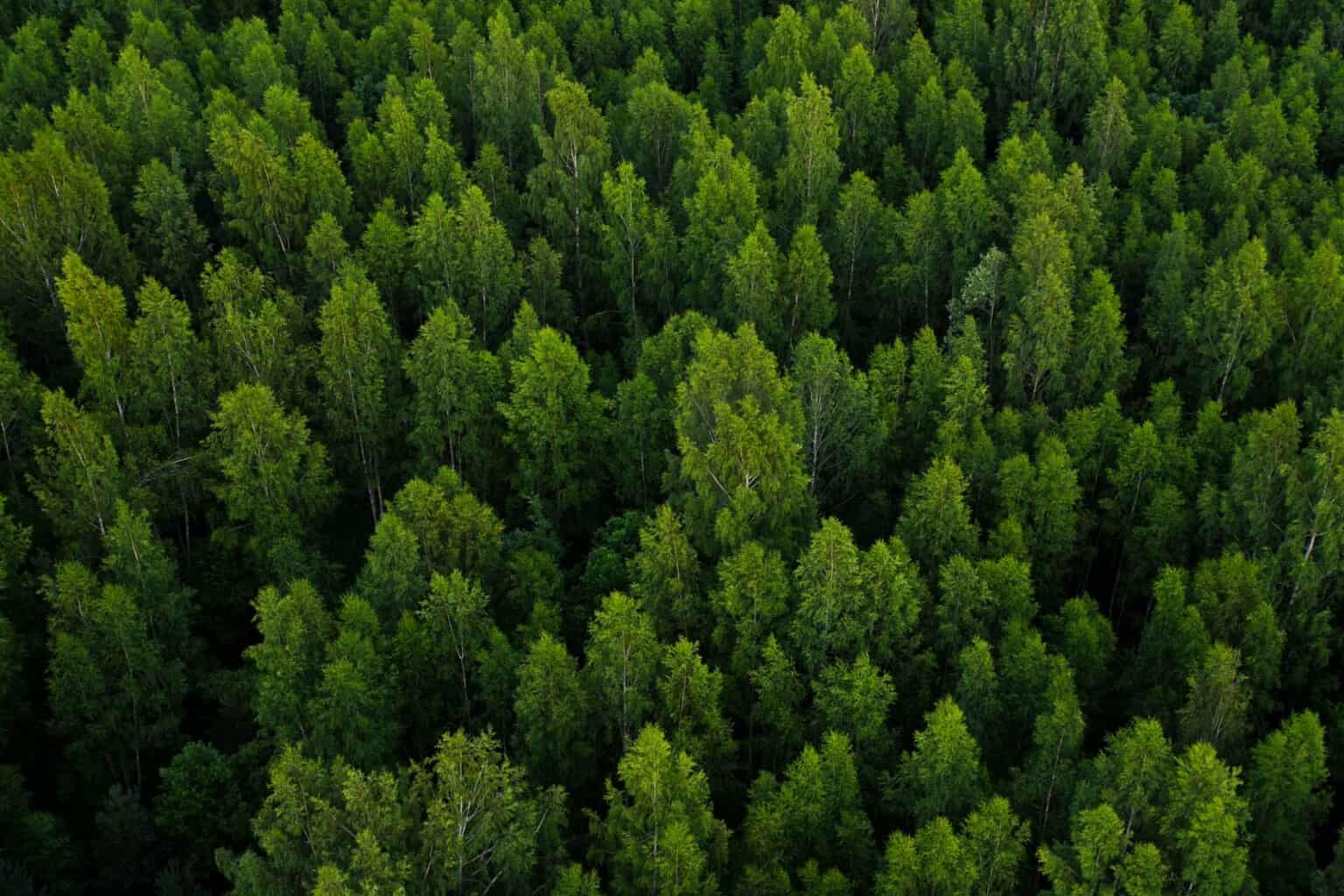
Other MMCFs
Other Manmade Cellulosics
Lyocell and modal are popular manmade cellulosic fibers for fashion. Both lyocell and modal—two of the most common manmade cellulosics—make for soft and versatile fabrics.
